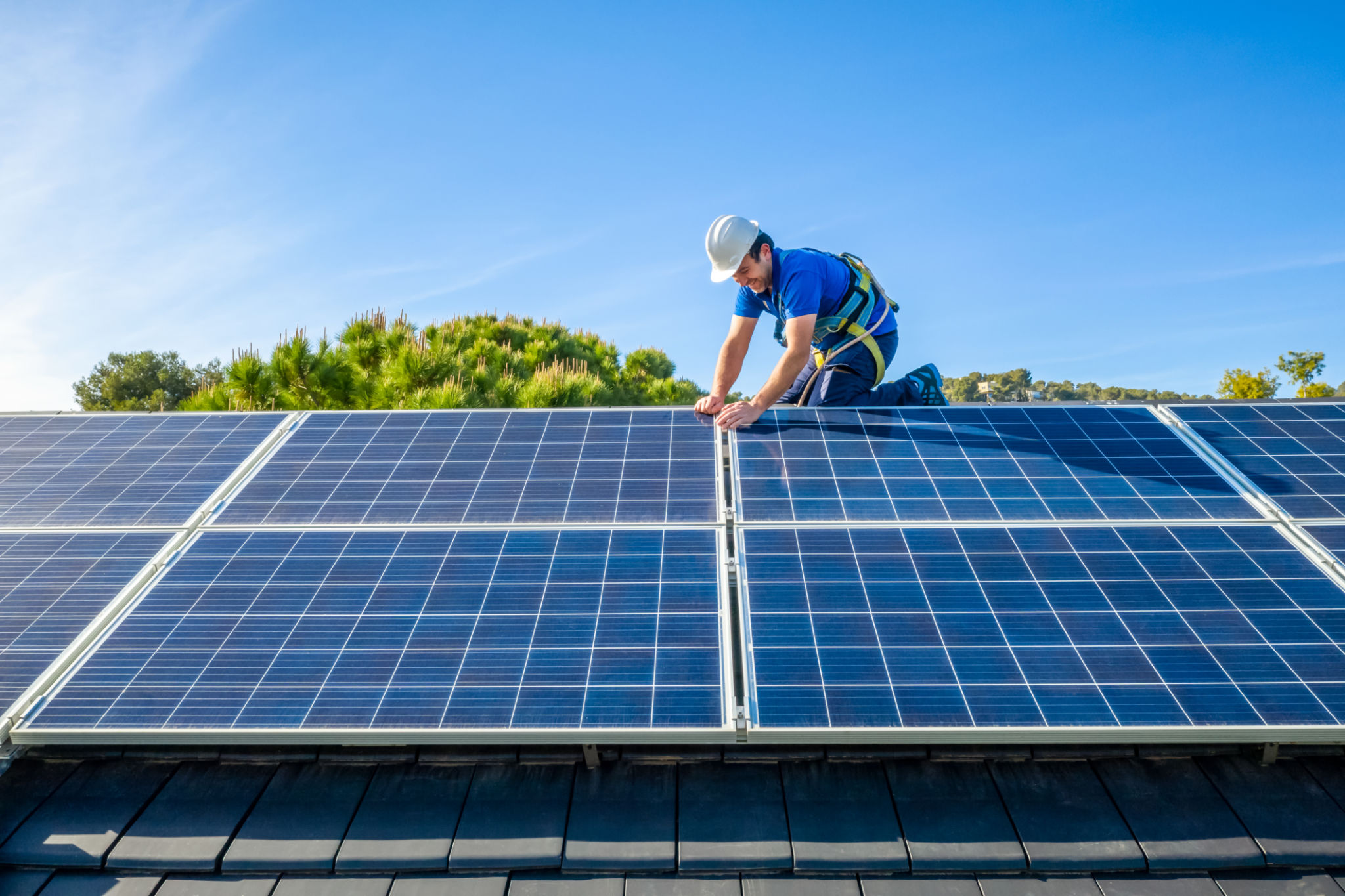Understanding Solar Power: How Does It Work in Cloudy Weather?
Understanding Solar Power on Cloudy Days
Solar power is an increasingly popular source of energy, known for being clean, renewable, and sustainable. However, a common question arises: how effective is solar power on cloudy days? While it might seem counterintuitive, solar panels can still generate electricity even when the sun isn’t shining brightly.

The Science Behind Solar Power
Solar panels work by converting sunlight into electricity using photovoltaic (PV) cells. These cells are made of semiconductor materials, such as silicon, which absorb photons from sunlight and release electrons. This process creates an electric current, which can be harnessed to power homes and businesses.
On cloudy days, the amount of sunlight reaching the solar panels is reduced. However, this doesn’t mean that solar panels stop working altogether. They can still capture diffused sunlight, albeit at a lower efficiency.
Efficiency of Solar Panels in Cloudy Weather
The efficiency of solar panels on cloudy days depends on several factors, including the thickness of the cloud cover and the type of solar panels used. Generally, solar panels can produce between 10 to 25% of their rated capacity on overcast days.
Recent advancements in solar technology have led to the development of more efficient panels that perform better in low-light conditions. For example, monocrystalline panels are known for their higher efficiency compared to polycrystalline panels.
Geographical Considerations
The geographical location of a solar installation also plays a significant role in its overall performance in cloudy weather. Regions that experience frequent overcast conditions may not see as high energy production as sunnier areas, but they can still benefit from solar power.

For instance, countries like Germany and the United Kingdom have successfully implemented solar power systems despite having more cloudy days than sunny ones. This success is attributed to their investment in efficient solar technologies and strategic placement of solar installations.
Maximizing Solar Power Output
To optimize solar power generation in cloudy weather, consider the following:
- Panel Orientation: Ensure that your solar panels are positioned to capture the maximum amount of sunlight available.
- Regular Maintenance: Keep your panels clean and free from obstructions like dirt or snow.
- Use of Battery Storage: Implement battery storage systems to store excess energy generated on sunny days for use during cloudy periods.

The Future of Solar Power
The future of solar power looks promising even in regions with frequent cloudy weather. Innovations in solar technology continue to improve panel efficiency and energy storage solutions, making solar energy more accessible and reliable worldwide.
As the world shifts towards sustainable energy solutions, understanding how solar power functions in various weather conditions becomes crucial. Embracing these advancements ensures that solar energy remains a viable option for reducing carbon footprints and promoting environmental sustainability.
